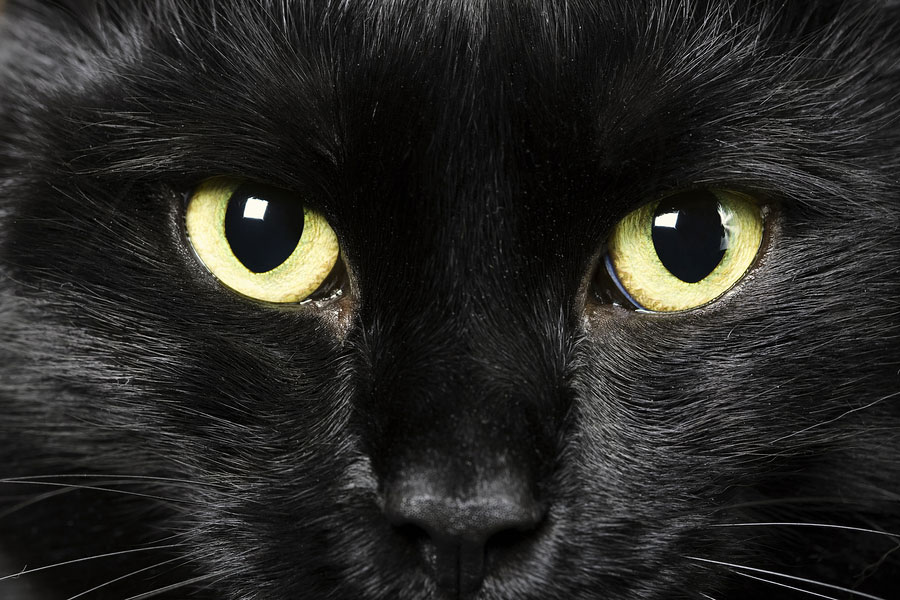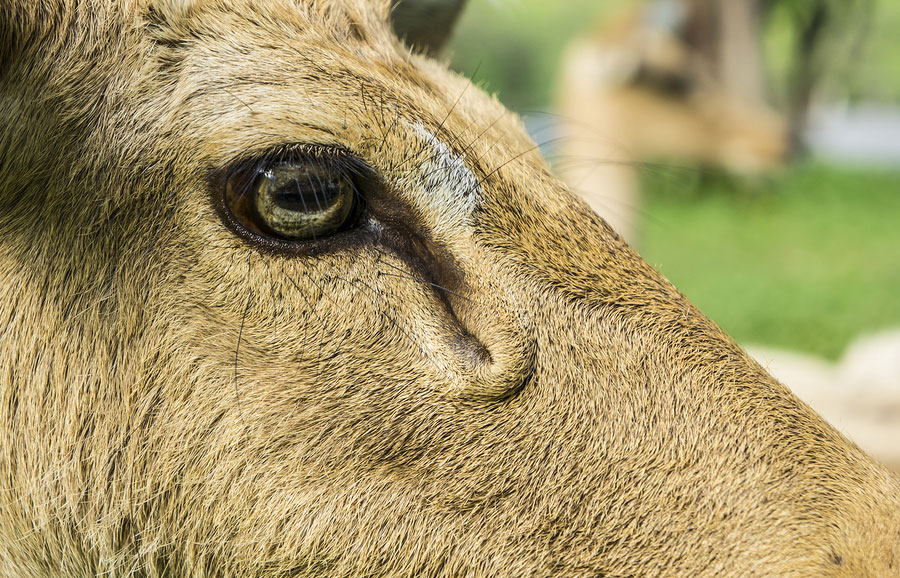Have you ever wonder why do animals have different pupil shapes? For example, a goat has horizontal-shaped pupils, while cats have vertical ones. A new study published in the journal Science Advances indicates that the geometry of the eye of an animal determines if it is a predator or prey.
Scientists from the University of California, Berkeley, and Durham University in Britain discovered the meaning behind different shapes of animals’ pupils. Results suggested that vertical and circular pupils help predators to hunt, while horizontal pupils help other animals spot predators from far away.

The team used computer models based on a sheep’s eye to support different theories about why circular, vertical and horizontal pupils help different animals. They found that when the pupil was horizontal, more light could be captured from left to right, and less from above and below. This would be the key factor that allow grazing animals to detect predators that approach from the distance.
“People had been saying that the horizontal pupil helps expand the horizontal view of the ground, they just hadn’t shown that. Our contribution was to build a model and show that that happened.” said Martin S. Banks, a visual scientist from Berkeley and lead author of the research.
But then what would happen to the sheep if it bends its head towards the floor while eating? Regarding to this, researchers did a surprising discovery while taking pictures to a goat. They observed that the eyes rotated 50 degrees, when the animal head turned downwards, keeping the pupils parallel to the ground.
For the study, the scientists proceeded to study horses, antelopes and other grazing animals and concluded that they could also rotate their eyes.

Moreover, Dr. Banks and co-authors used the computer model but this time to determine the advantages of vertical pupils. The result was that they help a predator to better estimate the distance to the prey by sharpening depth perception.
Other scientists criticized this statement, as predators like lions and tigers don’t have vertical pupils, but circular instead. The authors of the paper responded by explaining that because these animals are taller, they do not need to compensate so much their vision.
However, many professionals of the area continue to criticize the paper claiming that there are countless examples that contradict the theory. For example, the chinchilla eats grass but has vertical pupils.
“There are so many exceptions to the rules the authors think to have discovered, that there must be much more to pupil shape than being predator or prey, big or small,” said Ronald H.H. Kröger, a biologist from Lunds University in Germany.
On the other hand, many other experts from the community have shown their support towards the study. Jenny Read, a vision scientist at Newcastle University in Britain, argued that the paper showed “an incredibly neat example” of how natural selection and the evolution theory have perfected the eyes. Also, Hany Farid, a vision scientist from Dartmouth College who specializes in computer imaging analysis, explained that is “unarguably” that a vertical slit pupil produces a better field to differentiate the depths of vertical structures, an ability that would absolutely benefit predators.
Source: Science Advances
